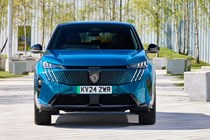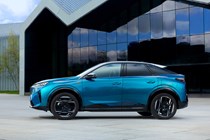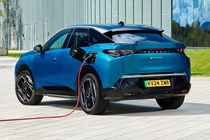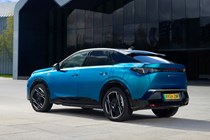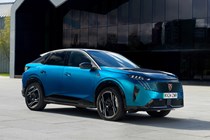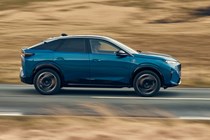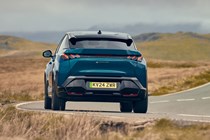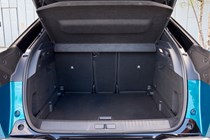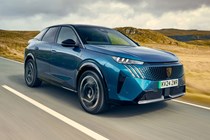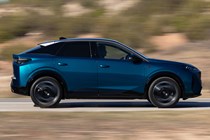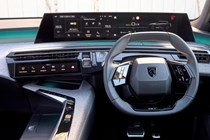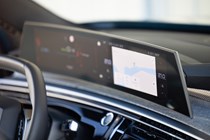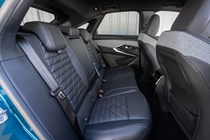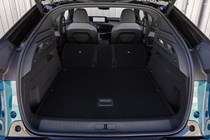
Peugeot e-3008 engines, drive and performance
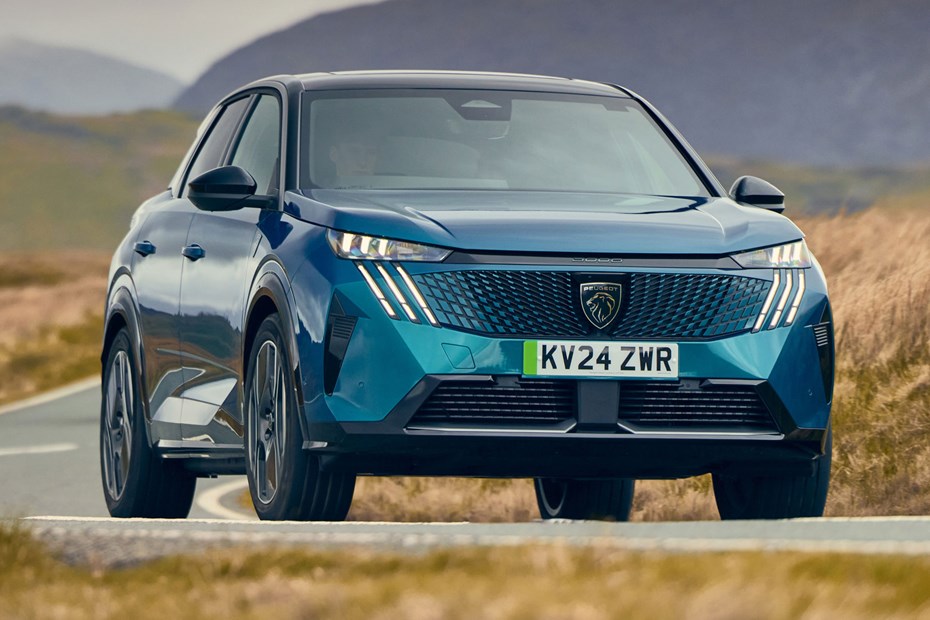
- Currently available with a single powertrain
- Four-wheel-drive and long-range models to follow
- The unsettled ride is a disappointment
Peugeot e-3008 electric motors
While Peugeot also sells the new 3008 with mild-hybrid and plug-in hybrid engines, our focus here is the electric e-3008. We’ve spent a decent amount of time behind the wheel really getting to know it, and you can read more about how we test cars elsewhere.
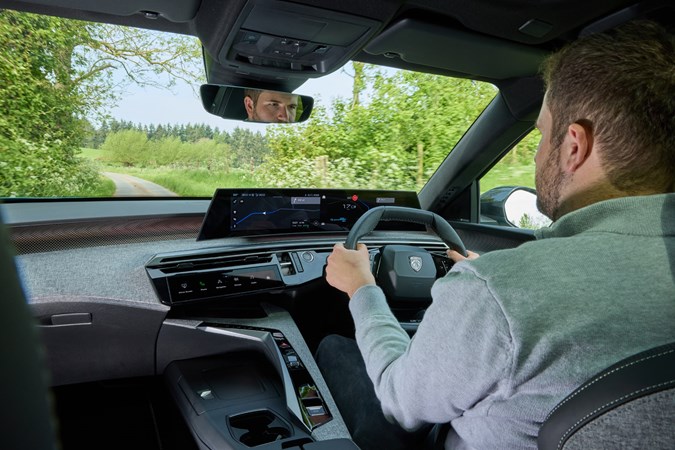
Currently, a front-wheel drive, single motor model producing 210hp and 345Nm of torque (pulling power) is available. Acceleration seems quite relaxed for an electric car, especially for a car with that amount of power. So it’ll take 8.8 seconds to crack 62mph, with the top speed capped at 105mph – but it’s enough not to feel left behind in traffic, and relaxed when you get to your destination.
More versions are in the pipeline, however, including a powerful dual-motor model with four-wheel-drive and a punchy 320hp. A longer-range 98kWh model will follow at the same time in early 2025 with a slightly more powerful 230hp so it can deal with the battery pack’s extra weight.
What’s it like to drive?
- The e-3008 is heavy, and it feels it to drive
- The ride is particularly firm and unsettled
- But refinement is exceptional
Perhaps the most disappointing thing about the new e-3008 is the way it drives. In many respects, it’s off the pace of rivals, with the ride quality a particular weakness. When we initially tried the e-3008 abroad in the South of France on some oddly rough roads, we weren’t massively complimentary and there’s no change now we’ve tried it on the UK’s poorly-maintained roads.
It tends to crash over potholes, and on all but the smoothest surfaces, it feels unsettled. On rougher roads, we’d go as far as to say it feels uncomfortable. It’s not helped by coming with large alloy wheels as standard – 19 inches with the Allure and 20 inches with the GT. There didn’t seem to be much difference in comfort levels between the two, either.
The harsh ride isn’t helped by the e-3008’s heaviness, as at more than 2.1 tonnes, it’s more cumbersome than plenty of other electric SUVs with larger batteries. A Tesla Model Y, for example, is almost 200kg lighter, and the e-3008 weighs 535kg more than the mild-hybrid 3008. That heft isn’t disguised well, either, the e-3008 can feel bulky through tight corners, with more bodyroll than its rivals, and it can run out of grip quite quickly in poor conditions.
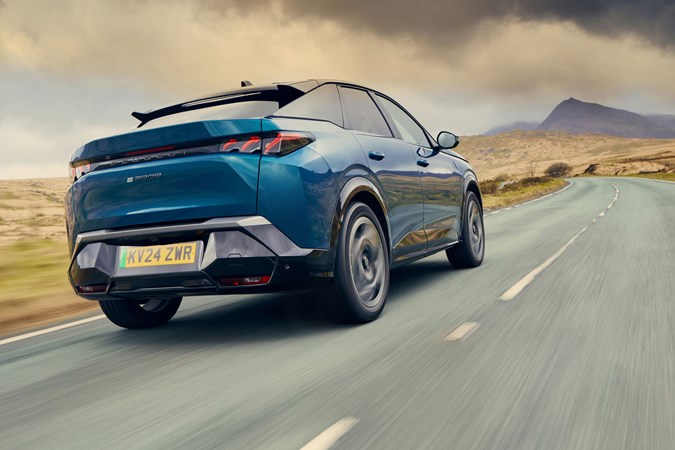
The driving position is an improvement, however, especially for those who didn’t get on with Peugeot’s previous generation cockpit seating position. Though the small steering wheel is retained, it no longer gets in the way of the digital instrument cluster like we often found it to in the past.
Another positive to note with the e-3008 is its refinement as even at higher speeds, wind and road noise are brilliantly isolated from entering the cabin. The Peugeot’s driver assistance features seem brilliantly modulated too, with the lane assist being far less keen to unnecessarily tug at the wheel than plenty of other systems on the market.



